
Images and video shown on the timeline are intended solely to reference historical events. Use of these images does not convey or imply an endorsement of any manner of Cisco or its goods or services by any of the individuals or entities shown.

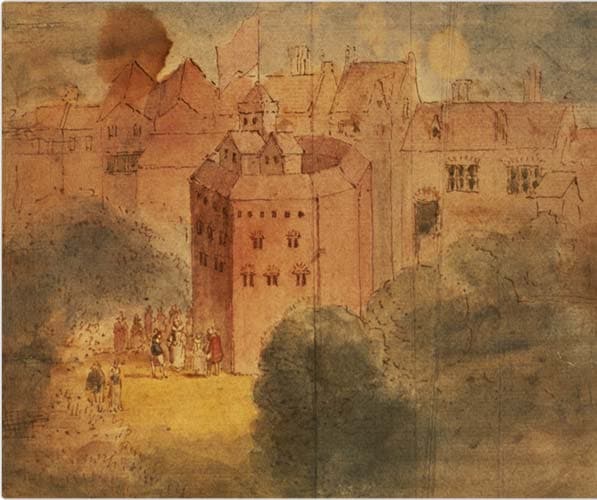

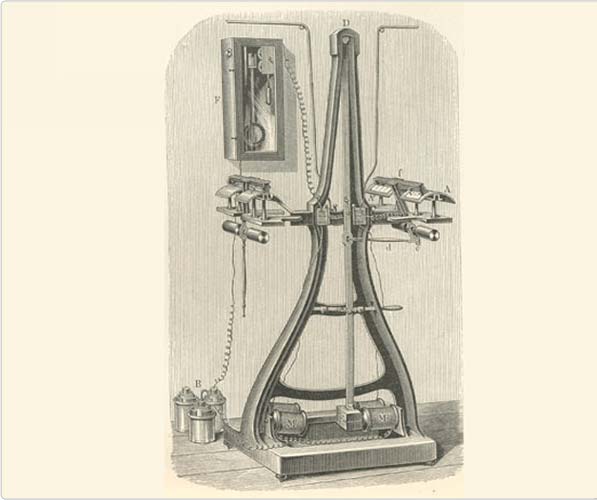
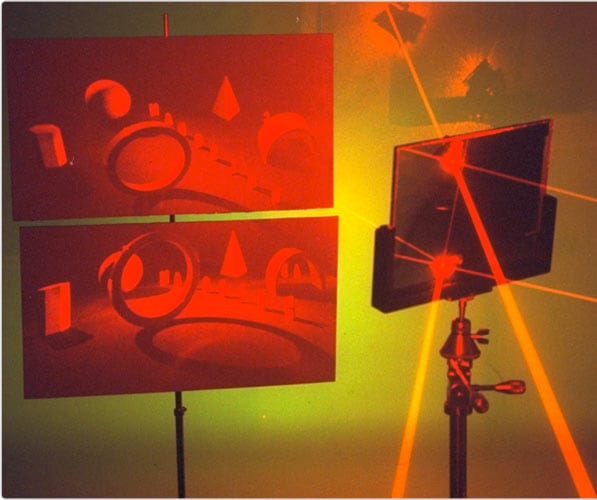















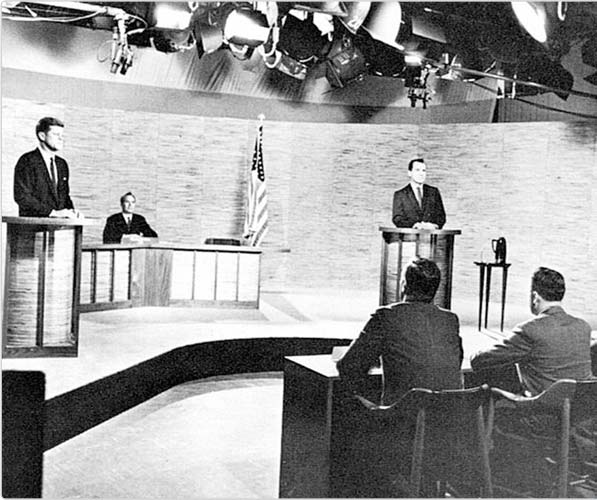

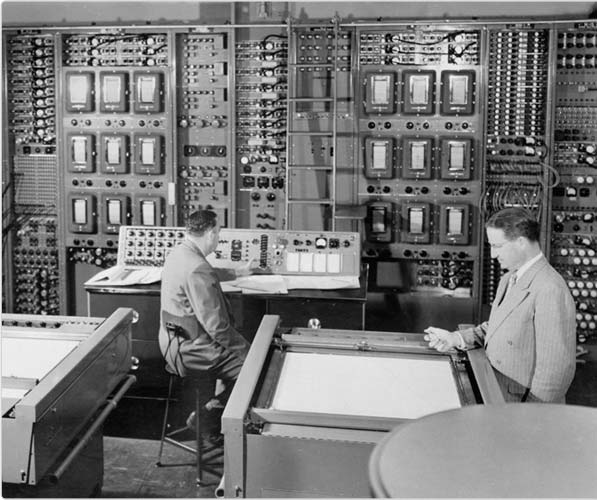

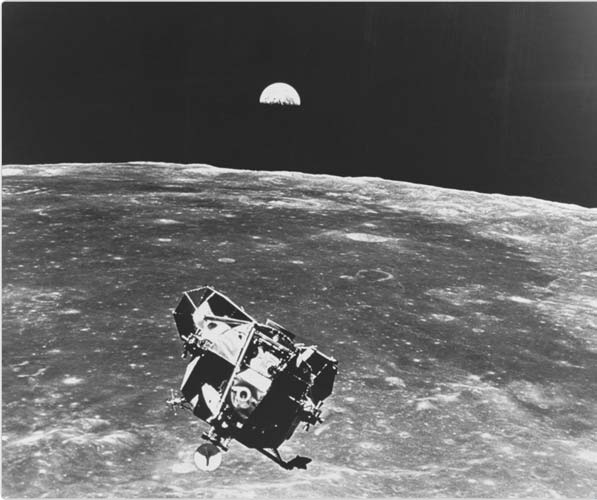



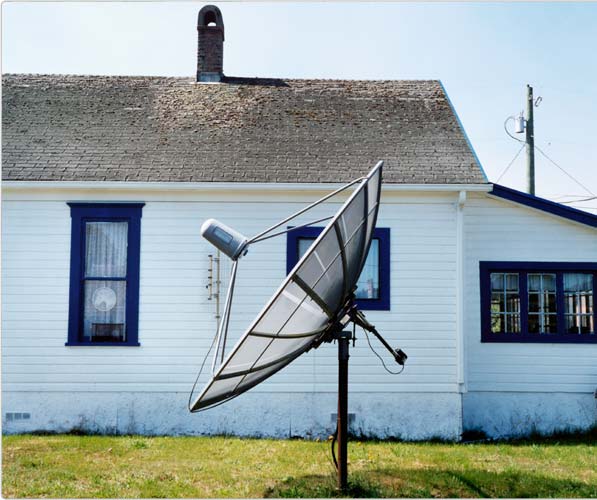

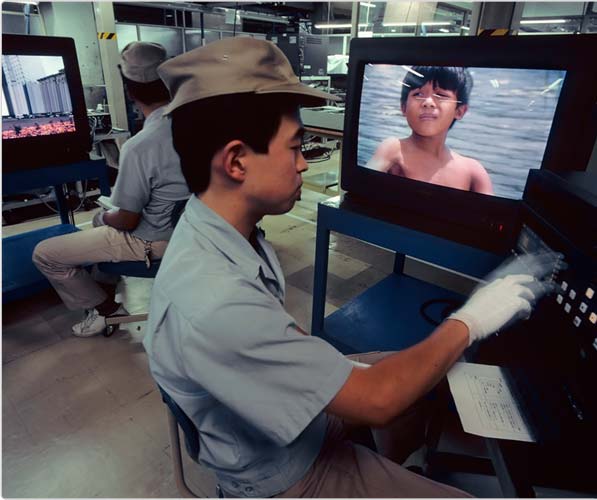


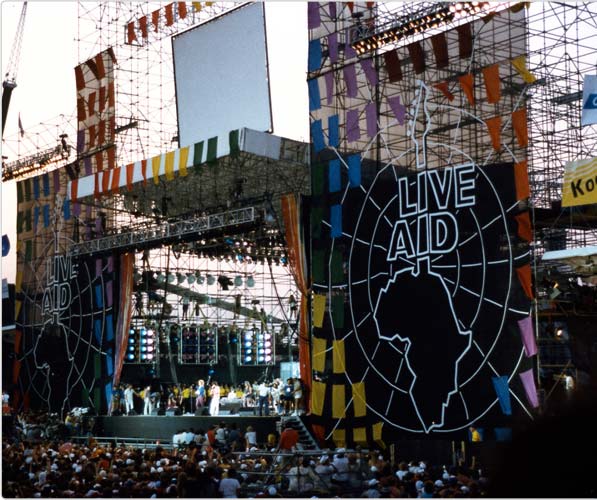






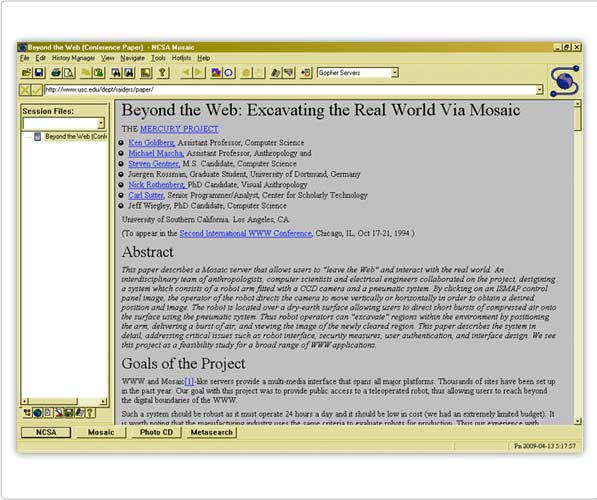


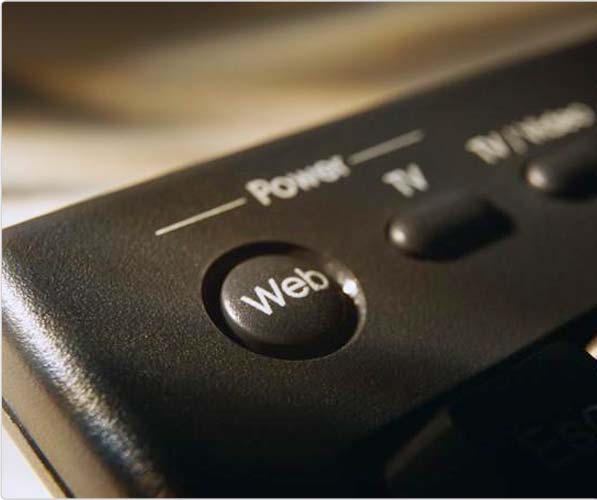




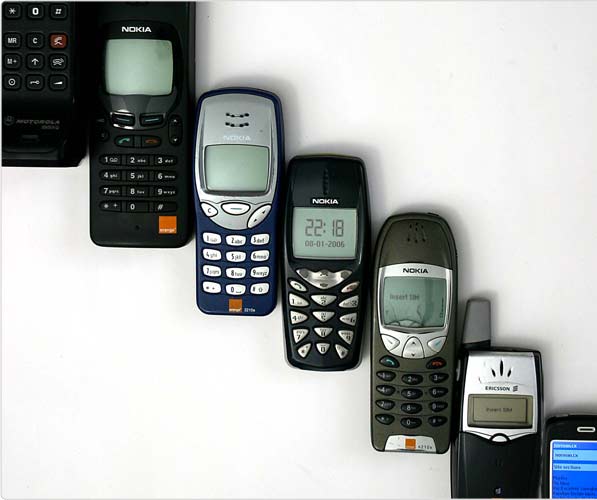




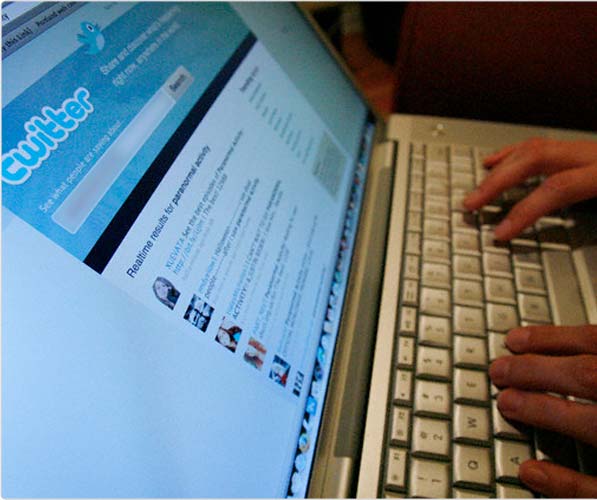






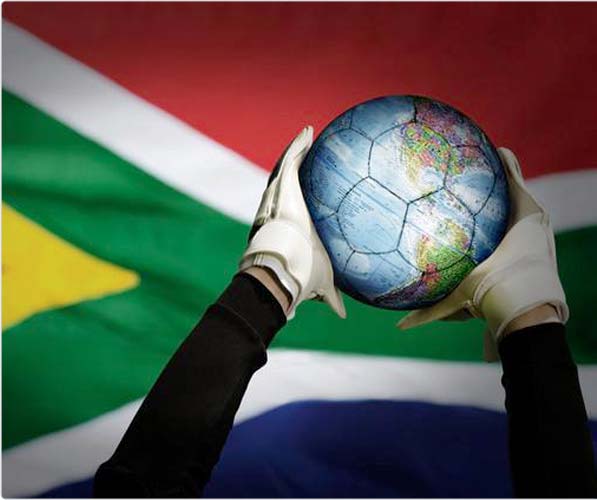



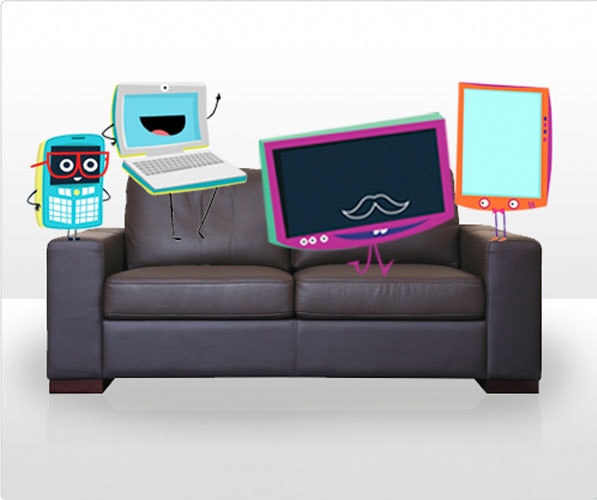
Sports, entertainment, and social interaction come together as citizens of Greek city-states attend the first Olympic Games in Olympia, Greece.
The first production at the Globe Theatre, Julius Caesar, is staged for approximately 3,000 people.
Crowds swarm docks in New York City, Boston, and Baltimore to get the last installment of Charles Dickens' The Old Curiosity Shop—proving how great a need there is for entertaining content.
Alexander Bain patents the pantelegraph, which is an electrical method for transmitting images over a distance. We can only speculate if he invented the device purely out of intellectual curiosity or because he understood how valuable such technology would be to the public.
Scientists May and Smith experiment with the photoconductivity of selenium and light, transforming images into electronic signals.
Fifty million people attend the World's Fair in Paris to be entertained and amazed.
Scientists and visionaries who are experimenting with the possibilities of electronic transmissions gather at the Electricity Congress during the World's Fair in Paris.
Philo Farnsworth, inventor of the first image dissector camera tube and first all-electronic television system, is born.
The play is still the thing, even though it's presented in a whole new way: a production of Julius Caesar is filmed for the first time.
The first public demonstration of electromechanical television is held. (And people have been gathering to watch TV together ever since.)
NBC sets up the first permanent coast-to-coast radio network in the United States.
The commercial value of a popular new medium is recognized, and the first television commercial airs.
Coaxial cables are installed to transmit television.
Millennia after the original Olympic Games, the Summer Olympic Games are broadcast on television for the first time.
The BBC offers the first televised version of Julius Caesar.
People continue to be drawn to the entertaining and the sensational. An estimated six million people tune in for The War of the Worlds radio broadcast.
Community antenna television (CATV) is developed by John and Margaret Walson, allowing more people to access the popular television medium.
In an early example of how popular a global sporting event can be, 199,500 attend the final game of the World Cup (the largest recorded attendance for a soccer game ever).
Robert Adler invents the first remote control, giving people a new way to interact with their TVs.
In America, TVs are now as vital as other household appliances, as proven by this fact: 90 percent of U.S. households own a TV.
A U.S. presidential debate is televised for the first time, forever changing the way people decide who to elect.
Telstar I is launched, making live via satellite transmissions possible around the world.
An ARPAnet scientist, J.C.R. Licklider, proposes a "galactic network" of computers that could talk to one another.
The Super Bowl broadcasts live for the first time. In the years that follow, this televised event will become, for all intents, an American holiday (Super Bowl Sunday), spark the cultural phenomenon of the Super Bowl party, and generate huge advertising revenue.
The world seems to become a much smaller place when 600 million people worldwide tune in to see a TV transmission from a place known to everyone—the moon.
HBO, America's first pay-TV network, launches and answers the question, "Will people pay for television?"
VCRs become available, spawning a whole new industry and extending the lifespan of theatrical releases.
BBC broadcasts a nine-part miniseries of The Old Curiosity Shop.
Five thousand consumer direct-to-home (DTH) systems are sold in the United States, giving people access to more channels and quality than they ever imagined.
Information becomes more accessible than ever as CNN, the first all-news cable network, is founded.
HDTV is first demonstrated by the Japanese National Broadcasting company.
MTV begins airing music videos, and cable operators are soon besieged by one demand—"I want my MTV!"
In an early example of portable video content, the Sony Watchman debuts.
Two billion people worldwide watch Live Aid on television (162,000 attend in person).
Video becomes vastly more public as the first JumboTron is unveiled at the World's Fair in Tsukuba, Japan.
Ninety-eight percent of U.S. households have a television.
The Berlin Wall falls, and people around the world watch as it happens.
The Simpsons debuts, becoming the longest running sitcom in the United States.
A new, more social medium for viewing content is launched. It's called the World Wide Web.
Nine hundred million TVs are in use worldwide.
Mosiac, the first-ever graphical web browser, is invented.
At the beginning of the year, only 50 World Wide Web servers are known to exist.
The cost to air a :30 Super Bowl commercial reaches $1 million.
In an early convergence experiment, WebTV set-top boxes allow people to browse the Web from their TVs.
TiVo is founded, allowing TV viewers to have more control of what they watch and when they watch it.
Broadcast TV edges closer to user-generated content when Survivor debuts in the U.S.—igniting the popularity of reality TV.
Wikipedia launches, allowing people to not only access a vast amount of information, but also contribute to it.
Illegal free downloads are curtailed when Napster is shut down.
Mobile phone subscriptions worldwide reach the one billion mark as people increasingly rely on them to interact.
The iTunes Music Store launches with a catalog of 200,000 songs for purchase. Once again the masses prove they'll pay for downloadable content.
New York City becomes the site of the first flash mob, a social phenomenon undeniably linked with mobile communication.
Facebook begins as Thefacebook at Harvard University.
YouTube is founded. The amount of user-generated content skyrockets—creating cultural icons out of everyday people (e.g., David After Dentist).
Twitter publicly launches, and microblogging begins to influence how the world communicates.
The iPhone is introduced, allowing people to access—and purchase—entertainment and information practically anywhere.
One billion people worldwide watch the Beijing Olympics' opening ceremonies on TV.
Streaming video of the Beijing Olympics' opening ceremonies has 2.66 million unique views online in the U.S. alone.
History meets pop culture when a Berlin Wall is set up on Twitter to commemorate the 20th anniversary of the wall's demolition.
CNN's Webcast of Michael Jackson's funeral draws 9.7 million video streams.
Sports fans around the world unite through TV; 700 million people watch the World Cup final on television.
In an example of web activity supplementing TV viewing, 64 million people visit a World Cup-related website during the World Cup.
Over four centuries after its Globe Theatre debut, Shakespeare's Julius Caesar inspires 334 user-generated parodies on YouTube.
The Vancouver Olympics gains popularity beyond the TV; it has friends on Facebook and followers on Twitter.
People begin gravitating toward viewing TV and web content at the same time. For example, 13 percent of those viewing the Vancouver Olympics' opening ceremonies on TV were simultaneously online.
Cisco launches Videoscape: the promise of media that is more social, personal, interactive, and mobile. Cisco Videoscape is also the realization of a place where the best inventions and trends converge to build a profitable future.